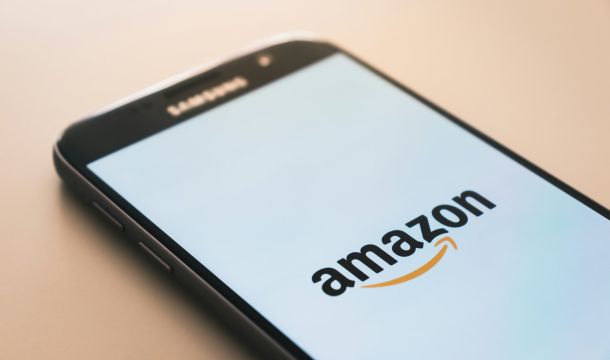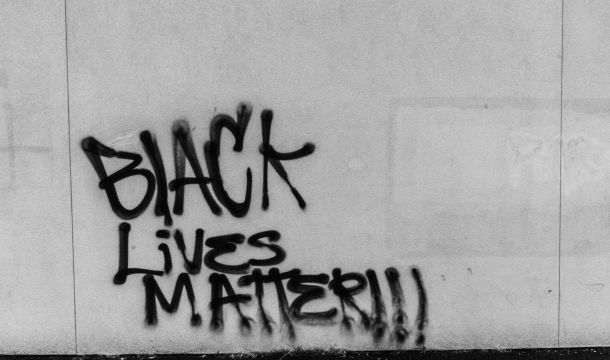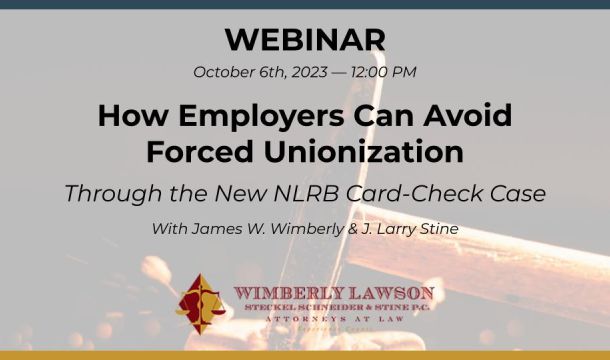Self-Insured Health Plans After Obamacare
There is an issue that very few people are discussing, but will have major ramifications for employers who sponsor, and employees who participate in, self-insured health plans. This issue is raised by the preamble to the proposed regulations dealing with the employer penalty and apparently will be decided in the final regulations on the individual penalty. The issue is whether employers will be subject to the $2,000 per employee penalty on nearly all of their employees even though they sponsor self-insured health plans for their employees.
Most people are aware that an individual will not be subject to the individual penalty if the individual has “minimum essential coverage.” Minimum essential coverage includes health coverage provided through grandfathered health plans (GFHPs), qualified health plans (i.e., coverage through State Exchanges), health insurance policies, eligible employer-sponsored plans, and certain governmental plans (such as Medicare or Medicaid).
Although the individual penalty depends, in part, on whether the individual has minimum essential coverage, the employer penalty depends, in part, on whether the employer offers to its employees and their dependents minimum essential coverage under an eligible employer-sponsored plan.
What is an “eligible employer-sponsored plan”? Obamacare defines the phrase “eligible employer-sponsored plan” to consist of certain governmental plans, any other plan or coverage offered in the small or large group market within a State, and GFHPs offered in a group market. Obamacare also defines the phrase “group market” to mean the health insurance market under which individuals obtain health insurance coverage (directly or through any arrangement) on behalf of themselves (and their dependents) through a group health plan maintained by an employer.
Given these statutory definitions, concern is growing that the phrase “group market” will be limited to insurance products. If the phrase “group market” is limited to insurance products, then employers who sponsor self-insured plans will not be providing minimum essential coverage under an eligible employer-sponsored plan.
The preamble to the proposed regulations on the employer penalty states:
Future regulations [about the individual penalty] are expected to provide further guidance on the definition of [minimum essential coverage] and eligible employer-sponsored plans. These regulations [about the individual penalty] are expected to provide that an employer-sponsored plan will not fail to be [minimum essential coverage] solely because it is a plan to reimburse employees for medical care for which reimbursement is not provided under a policy of accident and health insurance (a self-insured plan).
What does this mean for employers? It means that a self-insured plan may be minimum essential coverage for purposes of the individual penalty, but it does not address the issue of whether employers who offer self-insured health plans will be subject to the $2,000 per employee penalty.
Of course, at this time we do not know how future regulations will define “eligible employer-sponsored plan” or “group market.” If the regulators follow the literal language of the statute, employers who sponsor self-insured plans are exposed. Of course, we are hopeful that under pressure from employers, that these phrases will be interpreted to include self-insured products offered by insurance companies, self-insured health plans administered by insurance companies, or self-insured plans with stop loss insurance. The problem is that the government punts on this issue in the proposed employer penalty regulations.
Employers could consider commenting on the proposed employer penalty regulations by the March 18 deadline in an effort to ensure that they will not be subject to the $2,000 per employee penalty for nearly all employees even though they offer self-insured health plans to their employees.
Questions? Need more information? Call Jim Wimberly, Jim Hughes, or Ray Perez at (404) 365-0900 or e-mail them at jww@wimlaw.com, jlh@wimlaw.com; rp@wimlaw.com
Related Content
Get Email Updates
Recent Content

NLRB to Seek Rescission of past Discipline Imposed under Overbroad Employer Work Rules

Do Drive Cam Cameras inside Trucks Violate Employee Rights?

Amazon Considers Risk When Investigating Employee Misconduct

Latest NLRB Attack Goes beyond Non-Compete Agreements to Reach Outside Employment

NLRB Board Addresses BLM Insignia at Work




